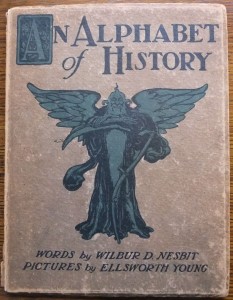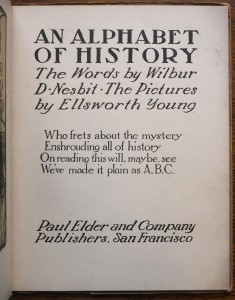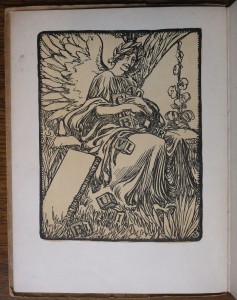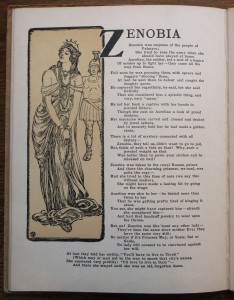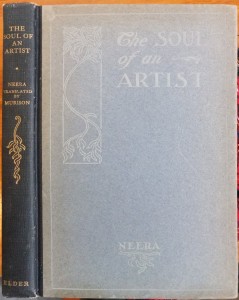
The Soul of an Artist was published in Milan in 1895 under the title Anima Sola, meaning “lonely soul.” It’s an apt title for Neera, whose melancholy childhood set the tone for much of her writings.
Neera was the pseudonym of Anna Zuccari Radius (1846-1918). She lived her entire life in Milan, Italy. Anna’s mother died when she was ten, whereupon she was sent to live with her father’s two unmarried sisters, strict and unsmiling. In 1871 Neera married Milanese banker Emilio Radius; they had two children.
Neera’s output was prodigious: twenty-two novels, eight volumes of short stories, ten volumes of moralistic essays and two of poetry. According to Catherine Ramsey-Portolano, of the American University of Rome
Neera’s protagonists are women struggling to fulfill the traditional roles of wife, mother and daughter in fin de siècle Italian society… The polemical and engaged nature of these writings, in which Neera defends maternity as woman’s highest mission in life, is evident from the titles chosen for two of the volumes, Battaglie per un’idea (1898) and Le idee di una donna (1904). Although Neera defined herself an antifeminist in her essays and was not supportive of the feminist cause, feminists of the period, such as Ersilia Majno and Sibilla Aleramo, recognized the importance of her role as woman writer and the feminist nature of her narrative work.
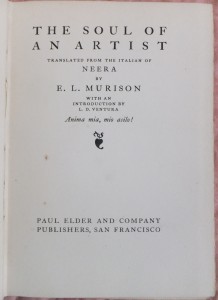
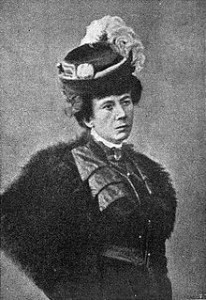
Generally speaking, Paul Elder preferred to publish original works (notwithstanding the occasional series of classic literature, such as Impression Classics, Panel Books or Abbey Classics). Thus a book like his 1905 publication of The Soul of an Artist, as a previously published work, is uncommon in the canon.
The authorized translator was Miss Elizabeth Livingstone Murison of San Francisco, whose work was called out by an article in the San Francisco Call of 18 February 1906.

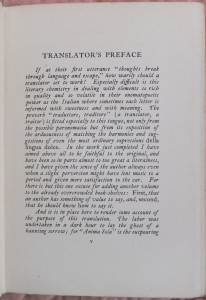
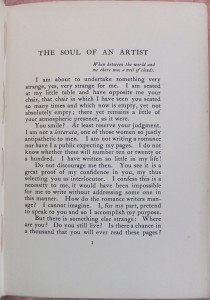
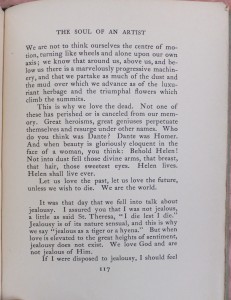
References:
1. http://www.lib.uchicago.edu/efts/IWW/BIOS/A0034.html
2. “San Francisco Woman in Translator’s Role“, San Francisco Call, vol 99 no 80, 18 February 1906.
